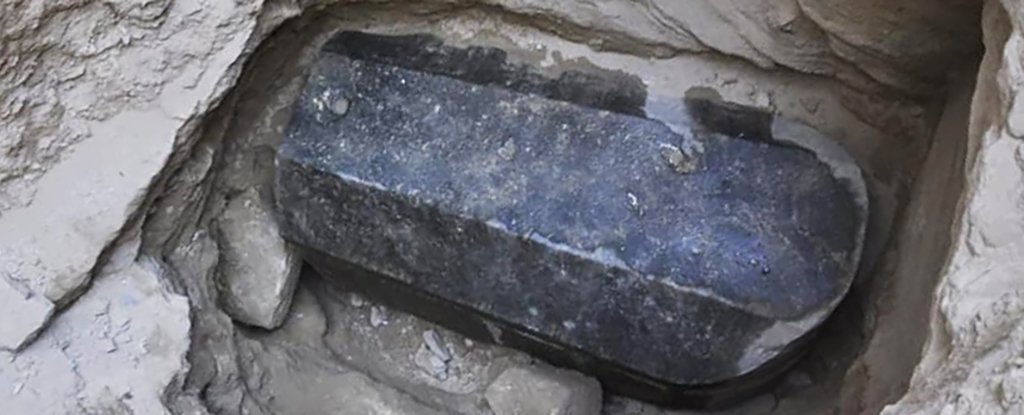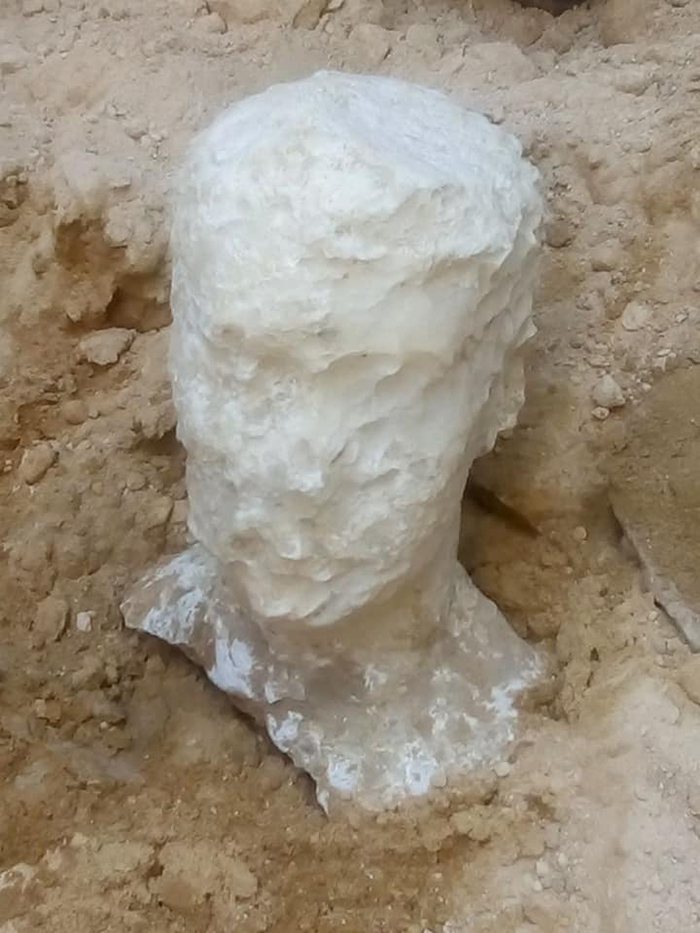1
General Earwa / The Mythological Roots of Ishterebinth
« on: February 12, 2020, 03:24:51 pm »
So, aside from it's overtly Greek underworld-like tones (being underground, dead civilization, "ghouls" refers to a creature/humanoid that is either dead or lurks around the graves of the dead), it is noteworthy that Ishterebinth contains some of the more overt, in-your-nose references to an existing mythology. The word 'Stygian' (capitalized, even!) appears in the description of the Deep.
The River Styx is a river in Hades:
https://en.wikipedia.org/wiki/Styx
Could there be other mythological connections, less obvious ones, meant to be gleaned here?
When compared against classical Greek mythology's idea of the underworld, the Weeping Mountain is, structurally, very similar.
-It is enterable from the surface of the world and is a kind of realm as much as a place.
-It has a ruler, and a court.
-The general atmosphere of Ishterebinth, I think, can be aptly described as "gloomy" (to say that the least), yet this clearly is not 'Hell'.
-There's a literal Stygian river in the lower areas, with a Charon-like Boatman.
-At the fundament of Ishterebinth, we discover there is a special region, the Holy Deep -- a Tartarus-esque pit of darkness where the Tall, almost literally "titanic" heroes of a past age are kept.
https://en.wikipedia.org/wiki/Tartarus
One of the sneakier aspects of the Greek Hades which finds its way into Ishterebinth, however, is none other than the Cap of Invisibility or Helm of Hades:
https://en.wikipedia.org/wiki/Cap_of_invisibility
Given how the Amiolas is, in a fairly literal sense, an invisibility cap for the Gods, it seems unlikely the connections are purely coincidence.
How far are we supposed to take these underworld themes? Could the Nonmen be *literally* dead in a sense? What happens to a Nonman in the 'end'? They seem not far from Sranc already in their lowest stages.
Things to ponder.
The River Styx is a river in Hades:
Quote
In Greek mythology, Styx is a deity and a river that forms the boundary between Earth and the Underworld, often called "Hades", which is also the name of its ruler.
https://en.wikipedia.org/wiki/Styx
Could there be other mythological connections, less obvious ones, meant to be gleaned here?
When compared against classical Greek mythology's idea of the underworld, the Weeping Mountain is, structurally, very similar.
-It is enterable from the surface of the world and is a kind of realm as much as a place.
-It has a ruler, and a court.
-The general atmosphere of Ishterebinth, I think, can be aptly described as "gloomy" (to say that the least), yet this clearly is not 'Hell'.
-There's a literal Stygian river in the lower areas, with a Charon-like Boatman.
Quote
In Greek mythology, Charon or Kharon is the ferryman of Hades who carries souls of the newly deceased across the rivers Styx and Acheron that divided the world of the living from the world of the dead. A coin to pay Charon for passage, usually an obolus or danake, was sometimes placed in or on the mouth of a dead person. Some authors say that those who could not pay the fee, or those whose bodies were left unburied, had to wander the shores for one hundred years. In the catabasis mytheme, heroes – such as Aeneas, Dionysus, Heracles, Hermes, Odysseus, Orpheus, Pirithous, Psyche, Theseus and Sisyphus – journey to the underworld and return, still alive, conveyed by the boat of Charon.
-At the fundament of Ishterebinth, we discover there is a special region, the Holy Deep -- a Tartarus-esque pit of darkness where the Tall, almost literally "titanic" heroes of a past age are kept.
Quote
In Greek mythology, Tartarus is the deep abyss that is used as a dungeon of torment and suffering for the wicked and as the prison for the Titans. Tartarus is the place where, according to Plato's Gorgias (c. 400 BC), souls are judged after death and where the wicked received divine punishment. Tartarus is also considered to be a primordial force or deity alongside entities such as the Earth, Night and Time.
https://en.wikipedia.org/wiki/Tartarus
One of the sneakier aspects of the Greek Hades which finds its way into Ishterebinth, however, is none other than the Cap of Invisibility or Helm of Hades:
https://en.wikipedia.org/wiki/Cap_of_invisibility
Quote
In classical mythology, the Cap of Invisibility is a helmet or cap that can turn the host invisible. It is also known as the Cap of Hades, Helm of Hades. Wearers of the cap in Greek myths include Athena, the goddess of wisdom, the messenger god Hermes, and the hero Perseus. The Cap of Invisibility enables the user to become invisible to other supernatural entities, functioning much like the cloud of mist that the gods surround themselves in to become undetectable.
Given how the Amiolas is, in a fairly literal sense, an invisibility cap for the Gods, it seems unlikely the connections are purely coincidence.
How far are we supposed to take these underworld themes? Could the Nonmen be *literally* dead in a sense? What happens to a Nonman in the 'end'? They seem not far from Sranc already in their lowest stages.
Things to ponder.




